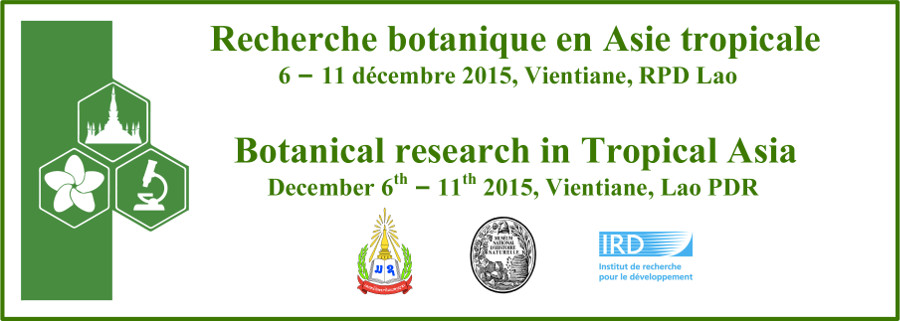Background: Most of people living in Koh Nheak District, Mondulkiri Province, Northeastern Cambodia, are highly dependent on medicinal plants for their daily health-care. Knowledge on use of plants by traditional healers is being seriously threatened, due to the fact that it is commonly transferred from one generation to another only verbally. Moreover, recent environmental changes, deforestation, and unsustainable rates of exploitation, represent a serious risk for plant species diversity. Thus, there is a need to record and document indigenous knowledge on medicinal plants in this region. The aim of this study was to report on use of medicinal plants by traditional healers and local people to treat human diseases in Koh Nheak District, which has not yet been studied from an ethnobotanical point of view.
Materials and methods: Ethnobotanical information and associated indigenous knowledge of medicinal plants were collected between April and August 2015, by means of open-ended and semi-structured interviews. A total of 103 traditional healers and local inhabitants having knowledge of traditional medicine were interviewed.
Results: A total of 150 plant species were recorded. Most medicinal plants used to prepare concoctions were trees, and barks were the most frequently used parts. A high percentage of plants were used against postpartum, gastrointestinal diseases and malaria, which are the prevalent diseases in study area. The major source of remedies came from wild plants, indicating that cultivation of medicinal plants is not a common practice.
Conclusions: Our study represents an inventory on medicinal plants used in a rural Northeastern Cambodia, and confirms that wild plants are widely utilized as health remedies in this area. The collected data may help to avoid the loss of knowledge on use of medicinal plants detained by traditional healers, and represent preliminary information required in view of a future phytochemical investigation on the most used plants.
- Poster

 PDF version
PDF version

